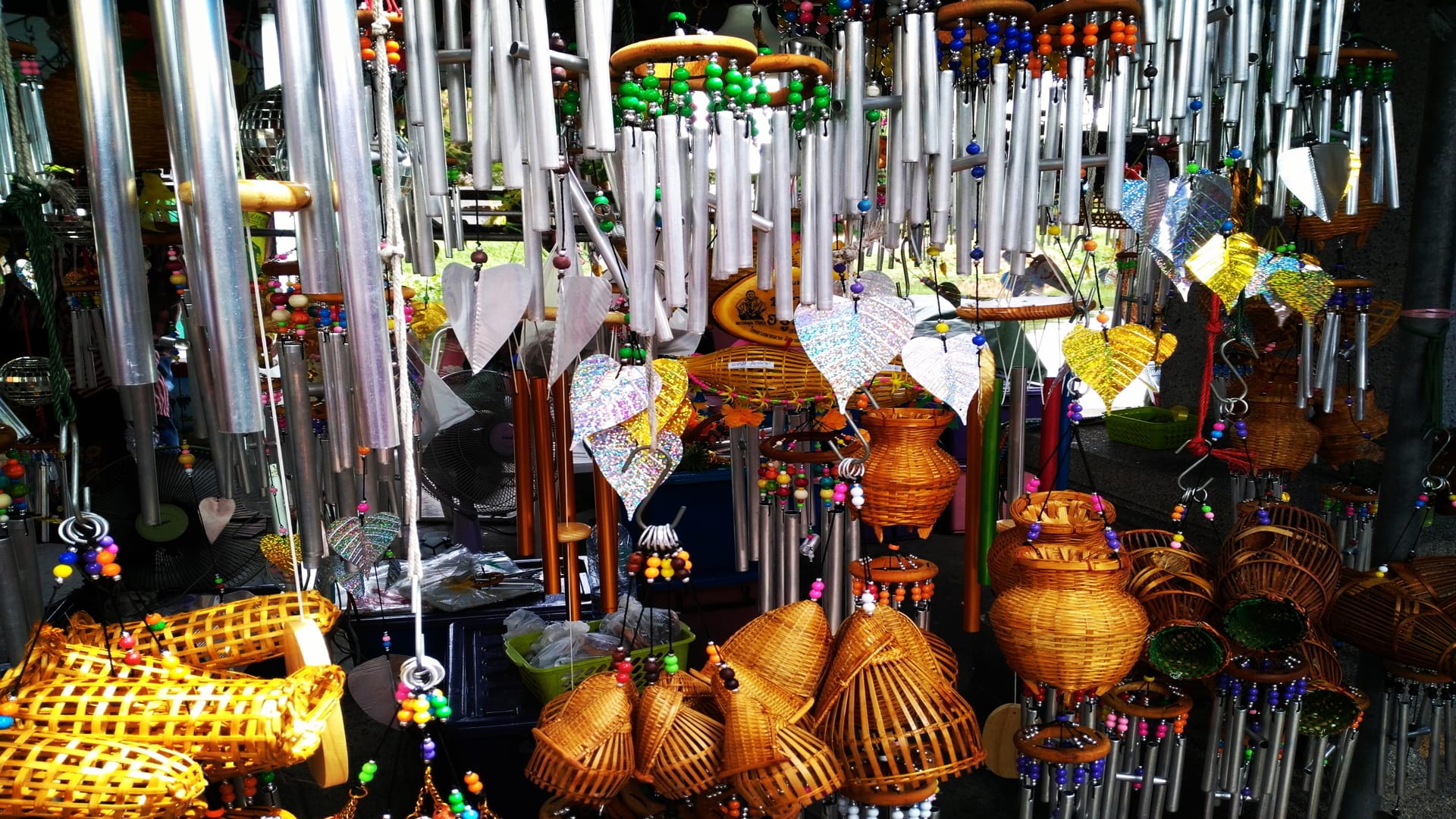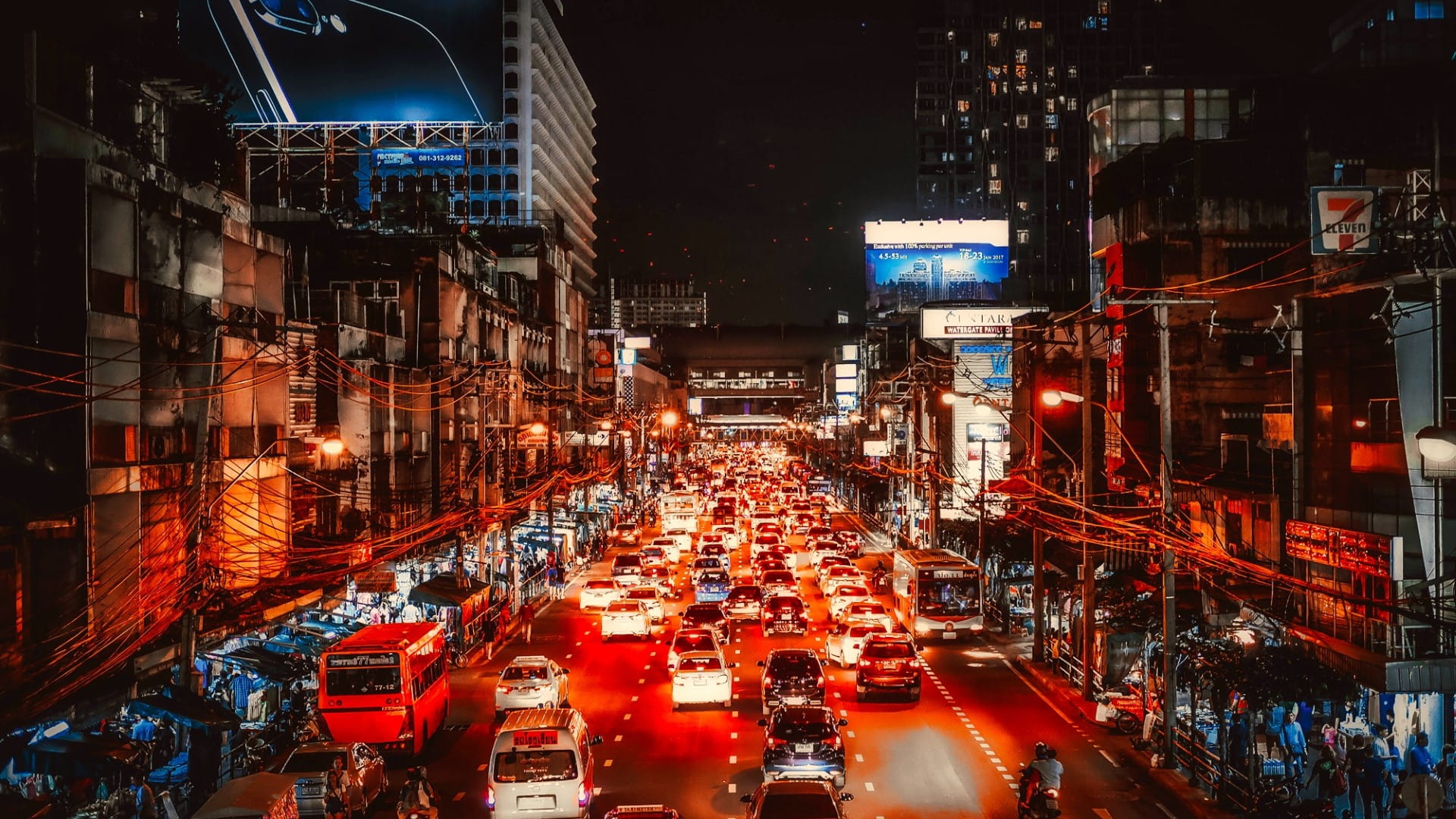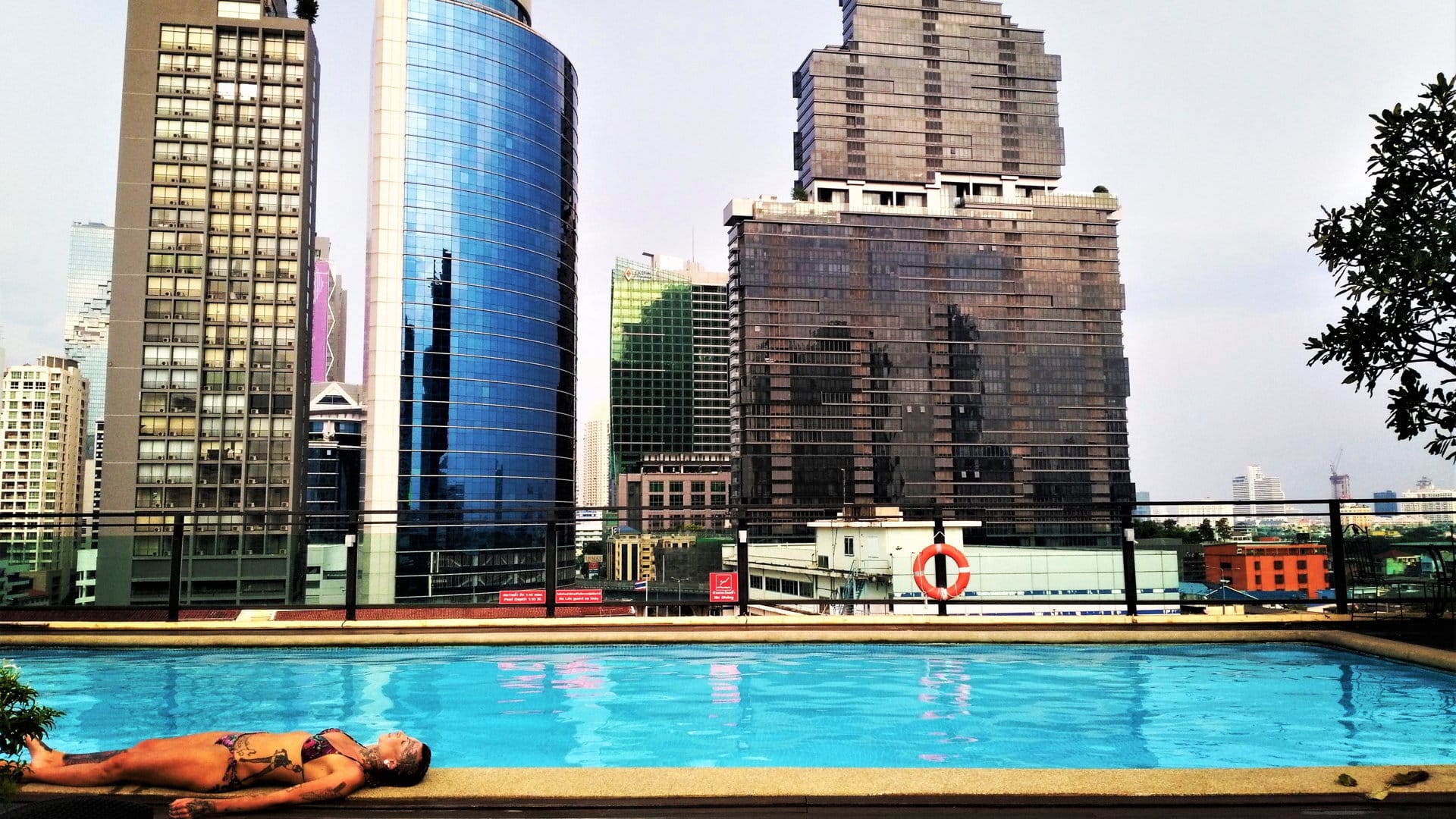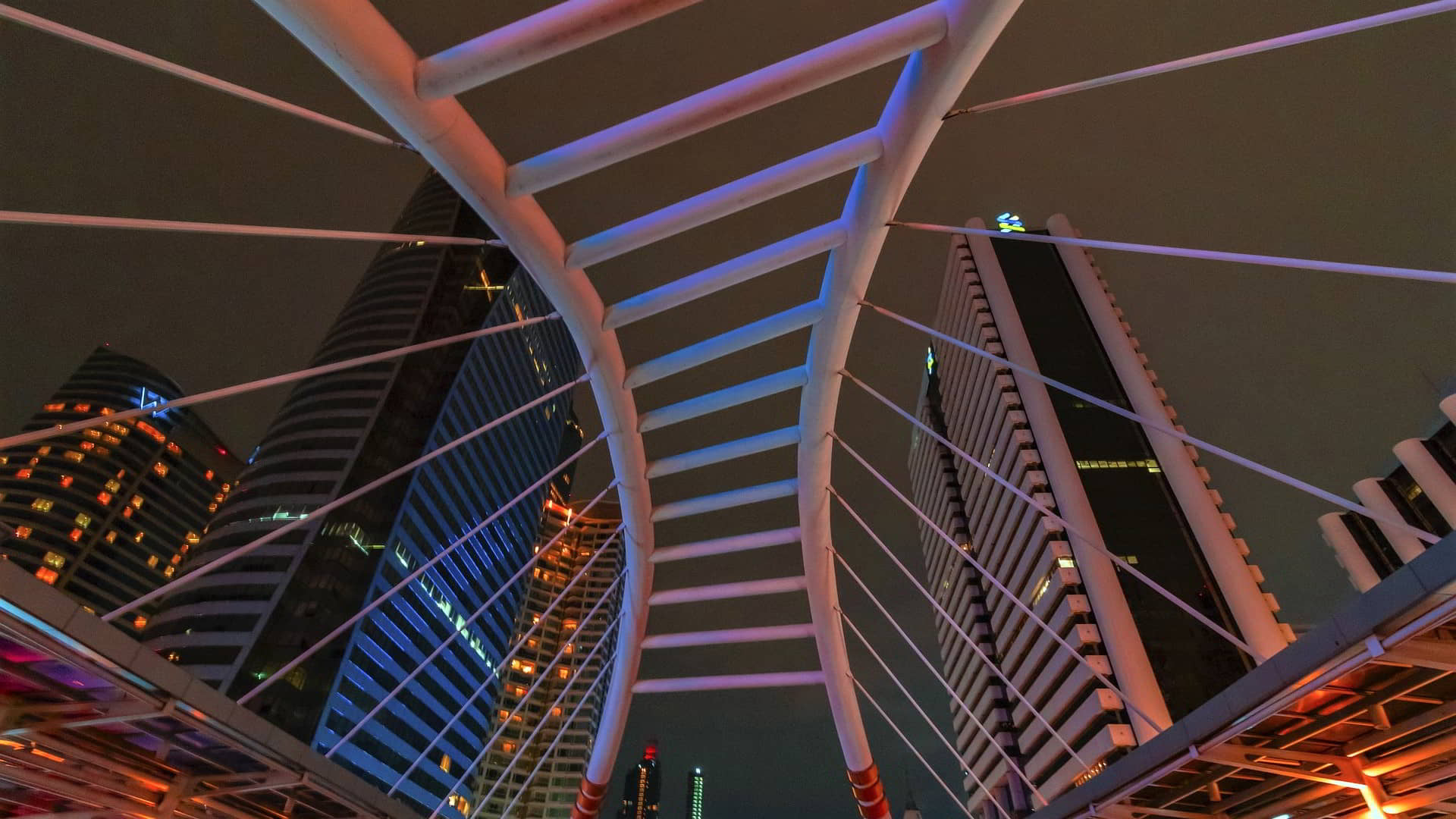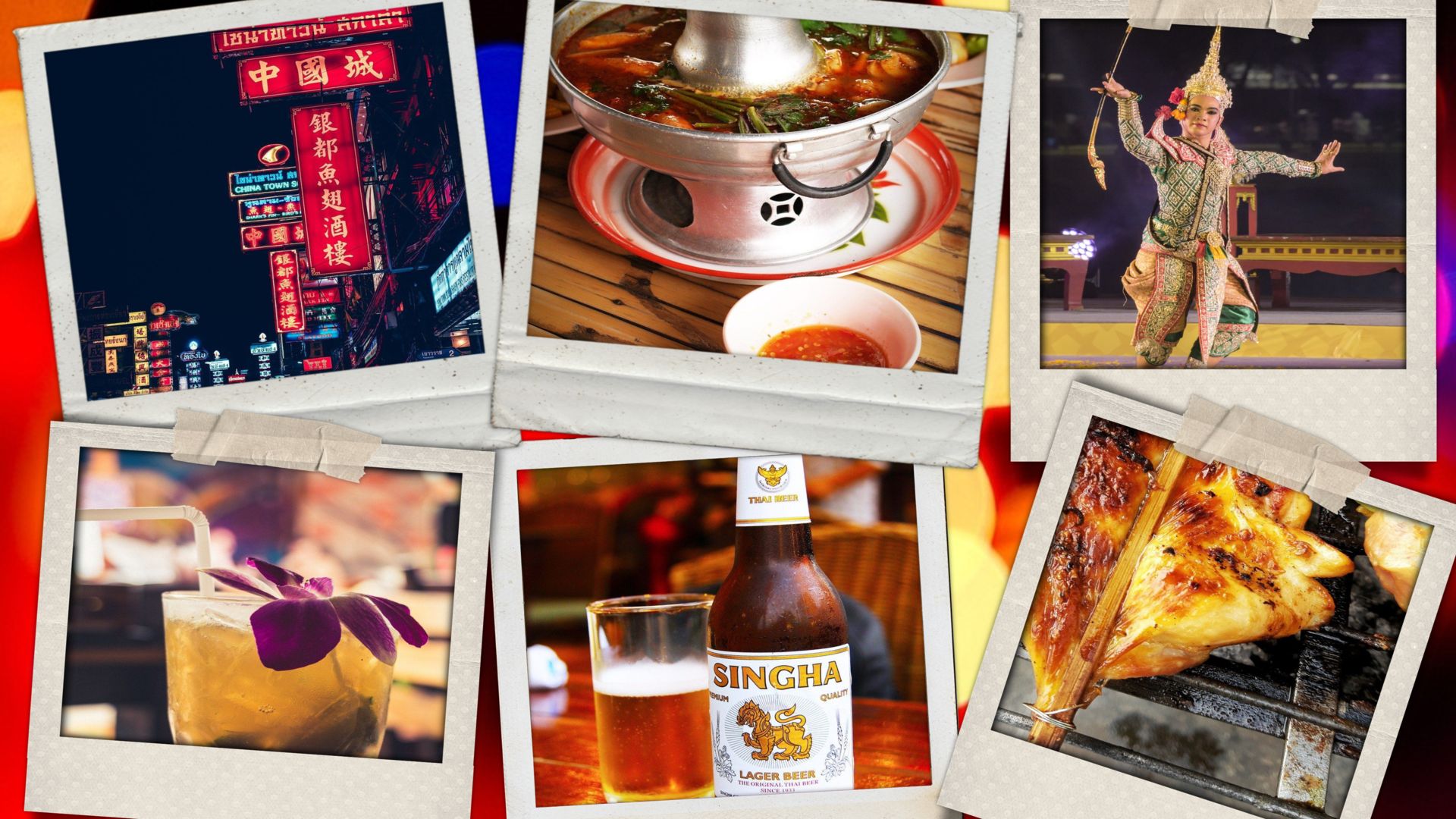Bangkok the Guide
Bangkok, capital of Thailand, is the administrative, economic and cultural center of the land of smiles. It’s the heart of the country, a model to follow for many other capitals, as its growth and dynamism give it a major place in Southeast Asia.
A few things to know:
Names and a challenge
Bangkok is the name we usually use. But the real name of the Thai capital is:
Krungthep mahanakhon amon rattanakosin mahintara ayuthaya mahadilok phop noppharat ratchathani burirom udomratchaniwet mahasathan amon piman awatan sathit sakkathattiya witsanukam prasit
Which means :
City of the gods, great city, residence of the emerald Buddha, impregnable city of the god Indra, great capital of the world chiseled with nine precious stones, happy city, generous in the enormous Royal Palace similar to the heavenly abode, reign of the god reincarnated, city dedicated to Indra and built by Vishnukarn.
In short: Bangkok therefore has a very long name, but we can use the term Bangkok or the more local term: Krungthep (which can be translated as: “the city of gods or angels”).
The geographical location of Bangkok
Bangkok is a hub! The city is at the heart of Southeast Asia. From Bangkok, you can easily go to many other regions or countries:
- 532 km from the Cambodian capital, Phnom Penh.
- 577 km from Yangon.
- 980 km from Hanoi or 860 from Saigon.
- 1490km from Kuala Lumpur.
- 640 km from Vientiane.
- 1849 km from Singapore.
Bangkok is crossed by the Chao Phraya River. The right bank - Thonburi - is the oldest, but its heritage is quite limited. The most important monument is Wat Arun. The right bank is quite popular. Large housing estates are absent there, unlike on the left bank.
The left bank is the modern city. This is where we find the main major points of interest of the city such as the district of Rattanakosin which includes the great religious and royal buildings. The left bank is modern Bangkok with a dense urban space under construction and population. It is undoubtedly the most cosmopolitan area with Chinatown or the Indian district of Phahurat.
Bangkok in numbers
Population:
- One million inhabitants in 1950
- 5.6 million in 1998
- Today 14 million inhabitants.
Bangkok includes:
- More than 50% of the country’s urban population (more than 70% if the conurbation is included)
- Bangkok is 10 times superior to the second city of the country.
Economy:
- 70% of the manufacturing workforce
- 64% of services
- Bangkok contributes more than 50% of the GDP
Demographics
Bangkok is the most populated city in Thailand. It gathers according to estimates in 2020 a little more than 10,539,000 people. It’s by far the largest city in Thailand - Chiang Mai: 1,166,000 people, Phuket: 432,000 people - and in the Indochinese basin - Ho Chi Minh 8,500,000 people, Vientiane: 680,000, Phnom Penh 2,500,000 and Yangon 5,300,000 inhabitants.
If the Bangkok region is taken into account, estimates place the population in 2020 at just over 15 million.
Population growth mainly took place from the middle of the 20th century. Successive waves of immigration have gradually populated the region. The city is therefore very cosmopolitan.
The latest estimates thus gave:
- Japanese: 82,000
- Chinese: 56,000
- Other Asian countries: 117,000
- Burmese: 303,000
- Cambodians: 64,000
- Laotians: 18,000
- Europeans: 48,000
- Americas: 24,000
- Australians: 5,300
- Africans: 3,000



